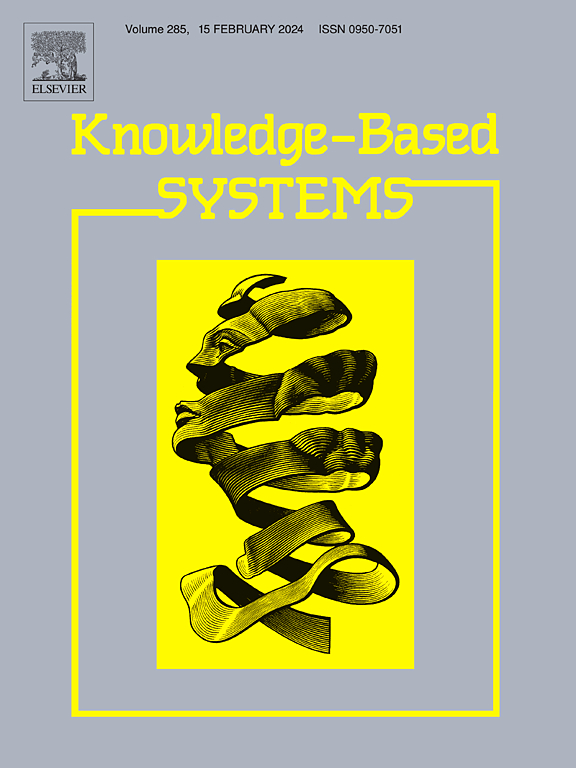Integrating signal pairing evaluation metrics with deep learning for wind power forecasting through coupled multiple modal decomposition and aggregation
IF 7.2
1区 计算机科学
Q1 COMPUTER SCIENCE, ARTIFICIAL INTELLIGENCE
引用次数: 0
Abstract
The accurate prediction of wind power is critical for achieving dynamic equilibrium in economic energy scheduling, storage allocation, and generation planning within power systems. To address the challenges of excessive modal decomposition components and low prediction efficiency resulting from the chaotic, intermittent, and non-stationary nature of wind power signals, a sophisticated prediction method integrating aggregate modal decomposition with a hybrid network model is proposed. Preliminarily, the wind power sequence is decomposed into several primary components using CEEMDAN, and these components are paired to form primary aggregation components, excluding the main trend component. Subsequently, the components of the primary aggregation that exceed the critical threshold of relative sample entropy are re-aggregated and re-decomposed by VMD. Finally, the primary trend component is combined with the prediction of LSTM, the primary aggregation components are estimated through the integration of BiLSTM, and the secondary decomposition components are measured by Attention-BiLSTM. These predictive values are then reconstructed to obtain wind power forecasts. Experimental analysis on a wind power dataset has shown that the proposed approach outperforms other models, significantly enhancing prediction efficiency and accuracy.
通过耦合多模态分解和聚合,将信号配对评价指标与深度学习相结合,用于风能预测
本文章由计算机程序翻译,如有差异,请以英文原文为准。
求助全文
约1分钟内获得全文
求助全文
来源期刊

Knowledge-Based Systems
工程技术-计算机:人工智能
CiteScore
14.80
自引率
12.50%
发文量
1245
审稿时长
7.8 months
期刊介绍:
Knowledge-Based Systems, an international and interdisciplinary journal in artificial intelligence, publishes original, innovative, and creative research results in the field. It focuses on knowledge-based and other artificial intelligence techniques-based systems. The journal aims to support human prediction and decision-making through data science and computation techniques, provide a balanced coverage of theory and practical study, and encourage the development and implementation of knowledge-based intelligence models, methods, systems, and software tools. Applications in business, government, education, engineering, and healthcare are emphasized.
 求助内容:
求助内容: 应助结果提醒方式:
应助结果提醒方式:


